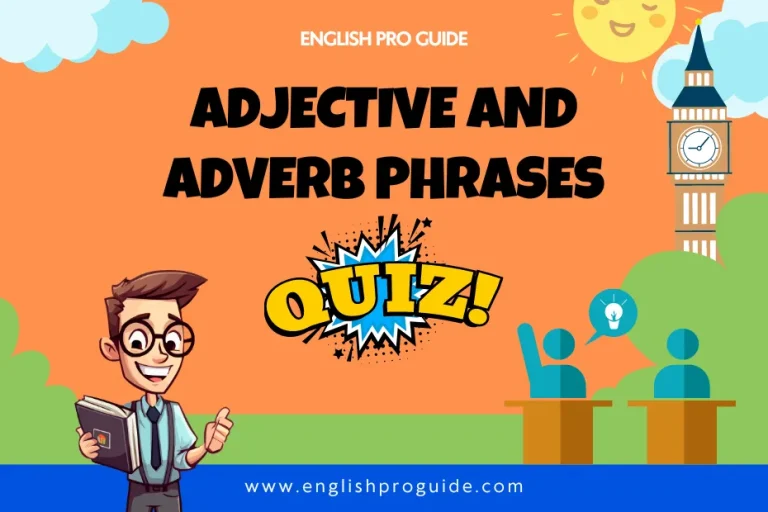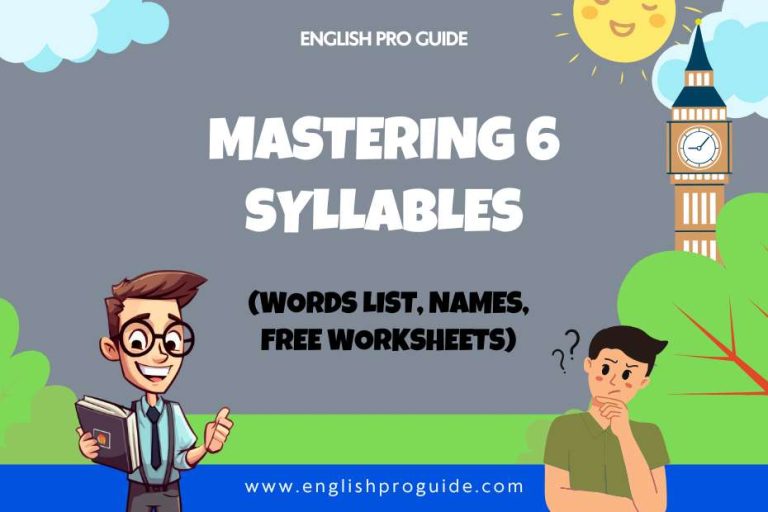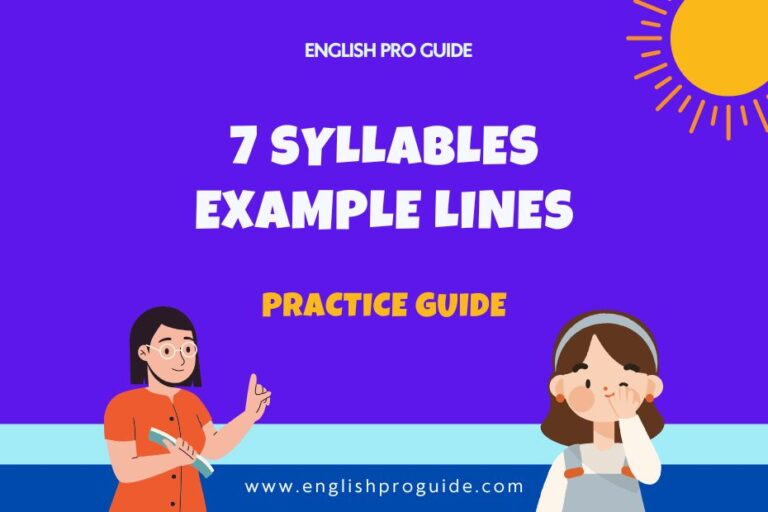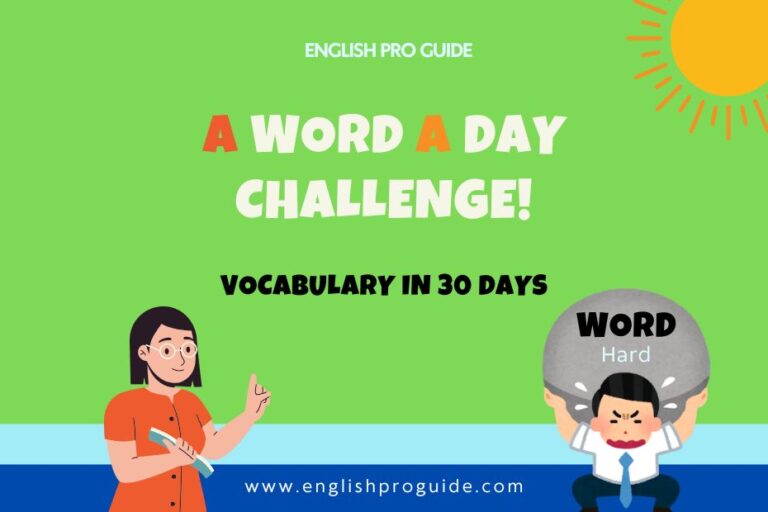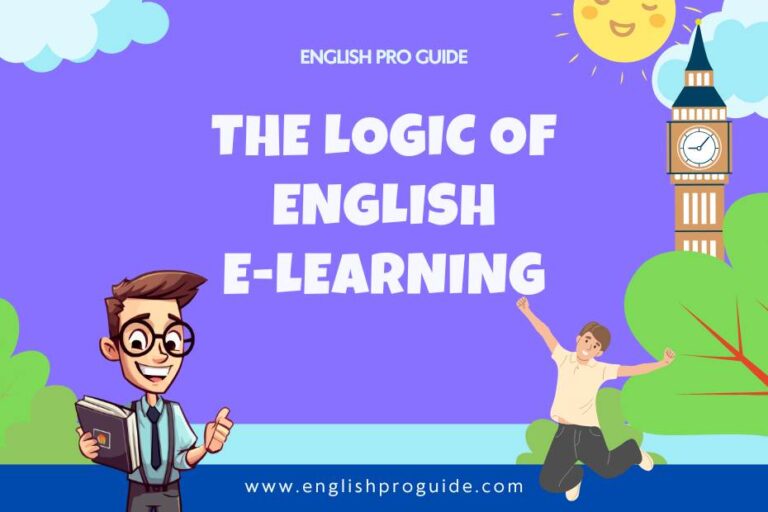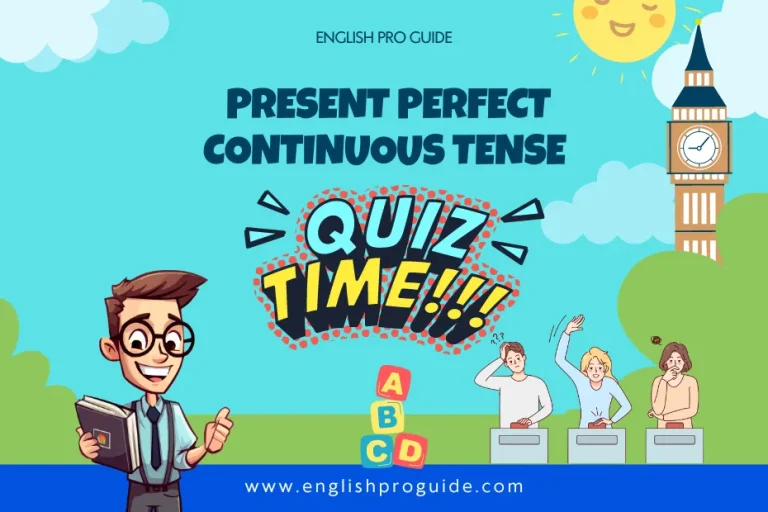Punctuation Made Easy: Your Guide to Commas and Periods
These little marks—like the comma and period—can make your ideas clearer or more confusing, depending on how you use them.
But don’t worry! This guide will show you how to use punctuation marks in a simple and easy way. By the end, you’ll feel more confident when writing in English.
A comma ( , ) is a punctuation mark used to separate words, phrases, or clauses in a sentence. A period ( . ) is a punctuation mark used to indicate the end of a sentence.
1. The Period (.) – The Full Stop
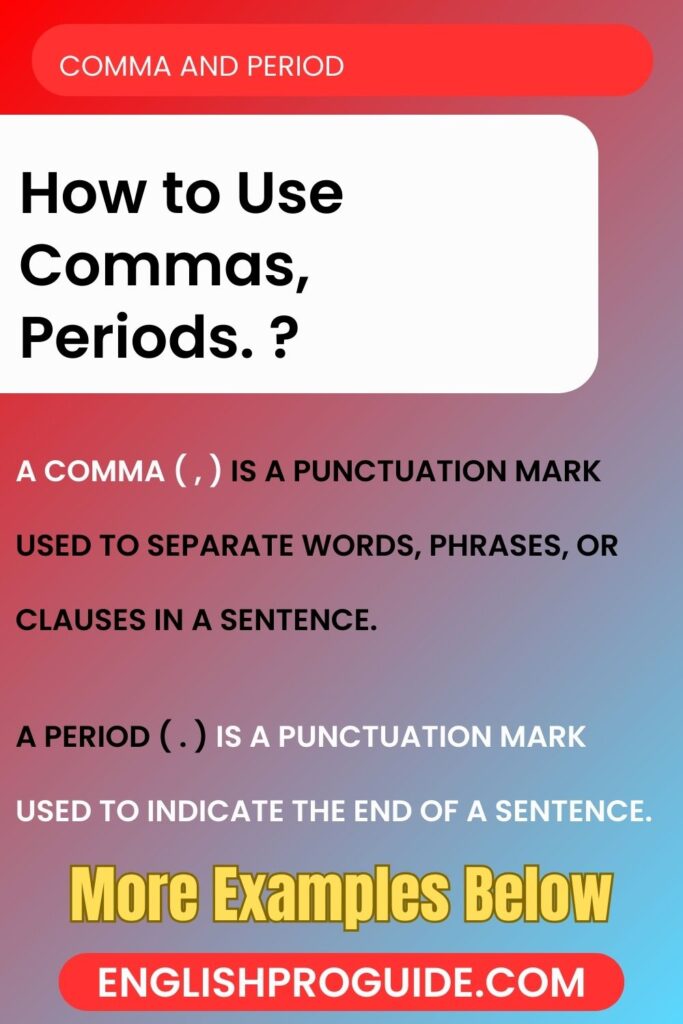
The period is like a red light—it tells the reader to stop. Use it at the end of a sentence to show that your thought is complete.
Easy Examples:
- I love pizza.
- The sun is shining.
When Else to Use It:
- After abbreviations, like Dr., Mr., or etc.
Example: I have an appointment at 2 p.m.
Mistake to Watch Out For:
Don’t use a period to break one idea into two fragments.
- ❌ I’m happy. Because I got a job.
- ✅ I’m happy because I got a job.
2. The Comma (,) – The Break in a Sentence
The comma is super useful! Think of it like a pause in a sentence. It separates ideas to make things easier to read.
When to Use a Comma:
- In a List
Example: I bought apples, bananas, and oranges.
(The comma before “and” is called the Oxford comma. It’s optional but can be helpful.) - Before Connecting Words (and, but, or)
Example: I wanted to go outside, but it was raining. - After an Introductory Word or Phrase
Example: Honestly, I forgot to call. - To Add Extra Information
Example: My friend, who loves coffee, bought me a latte.
Mistake to Avoid:
Sometimes people use commas incorrectly to connect sentences.
- ❌ I love playing soccer, it makes me happy.
- ✅ I love playing soccer, and it makes me happy.
- ✅ I love playing soccer. It makes me happy.
Read More: What Is An Imperative Sentence With Examples? Complete Guide
3. The Question Mark (?) – Asking Question
The question mark is easy to use. Put it at the end of a sentence when you’re asking something.
Simple Examples:
- What is your name?
- Where are you from?
Quick Tip:
Don’t use a question mark for indirect questions.
- ❌ He asked, where are you from?
- ✅ He asked where you are from.
4. The Exclamation Point (!) – Showing Emotion
Exclamation points add excitement or strong emotion to your sentence. But don’t overdo it—too many exclamation marks can make your writing look unprofessional.
When to Use It:
- Wow! This cake is delicious!
- Stop! That’s dangerous!
Quick Tip:
Use just one exclamation mark. Saying Wow!!! isn’t necessary.
5. The Colon (:) – Introducing Something
A colon introduces something, like a list, an explanation, or more details. Think of it like saying, Here it is!
When to Use a Colon:
- Before a List:
Example: I need to buy three things: bread, milk, and eggs. - To Explain or Add Details:
Example: There’s only one thing I want: a good nap.
Common Mistake:
The sentence before the colon should be complete.
- ❌ I need: bread, milk, and eggs.
- ✅ I need the following items: bread, milk, and eggs.
Read More: How To Teach Tier 2 Vocabulary? Boost Students’ Word Power
6. The Semicolon (;) – Connecting Ideas
The semicolon is your tool for connecting two related ideas. It’s stronger than a comma but not as final as a period.
How to Use It:
- To Link Sentences:
Example: I want to visit my friend; she lives in Paris. - For Complicated Lists:
Example: We invited Sarah, my cousin; Jake, my best friend; and Emma, my neighbor.
Quick Tip:
If you’re unsure about using a semicolon, it’s okay to use a period instead.
7. The Apostrophe (’) – Ownership or Short Cuts
The apostrophe has two main uses: showing who owns something and making words shorter by combining them.
How to Use an Apostrophe:
- To Show Ownership:
Example:- Singular noun: The dog’s leash (the leash belongs to one dog).
- Plural noun ending in “s”: The dogs’ park (the park belongs to many dogs).
- To Make Contractions (Shortened Words):
Example:- Don’t = do not
- It’s = it is
- You’re = you are
Quick Tip:
Be careful with its and it’s.
- Its = shows ownership (The dog wagged its tail.)
- It’s = means “it is” (It’s a sunny day.)
8. The Quotation Marks (” “) – Showing What Someone Said
Quotation marks are used to share someone’s exact words or highlight titles of small works.
Examples:
- For Speech:
Example: She said, “I love reading!” - For Titles:
Example: I enjoyed the poem “Ode to Joy.”
Quick Tip:
Periods and commas go inside the quotation marks.
- Correct: She said, “I love pizza.”
- Incorrect: She said, “I love pizza”.
Practice Time
Practicing punctuation will help you get comfortable using these marks. Here’s a little chart to guide you:
| Punctuation | Example | Use For |
|---|---|---|
| Period (.) | I love tea. | Ending a sentence |
| Comma (,) | I like tea, coffee, and milk. | Lists, pauses, or extra details |
| Question Mark (?) | Do you like tea? | Asking questions |
| Exclamation (!) | Wow! I love tea! | Showing excitement |
Try writing some sentences of your own using these punctuation marks—you’ll get better with practice. Soon, punctuation will feel natural, and your writing will shine!

